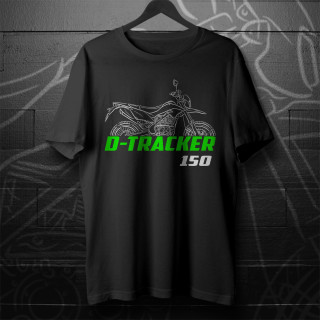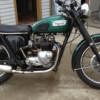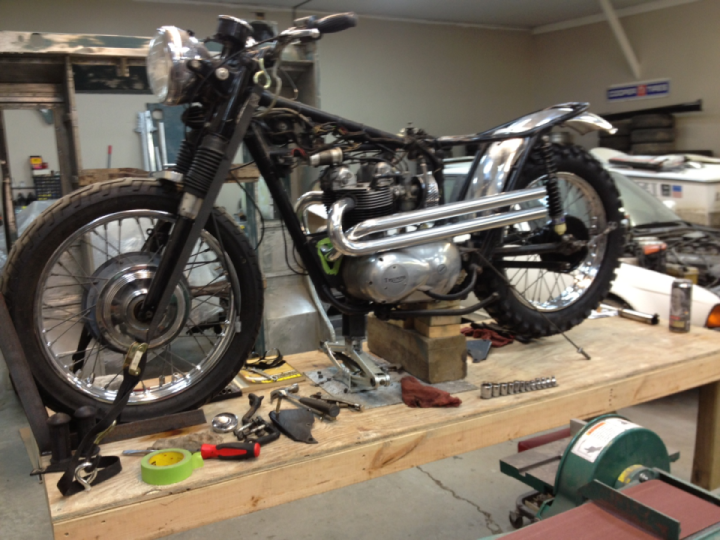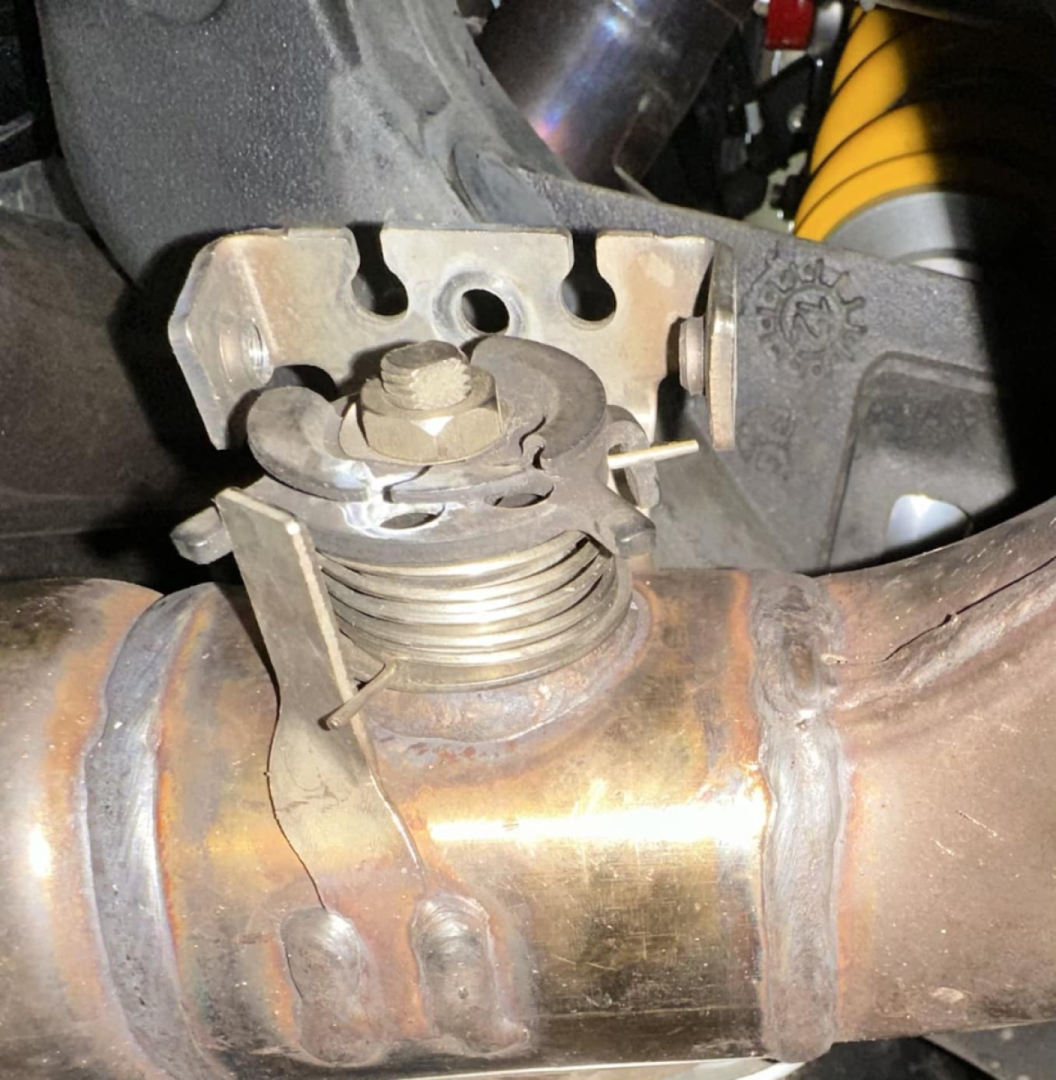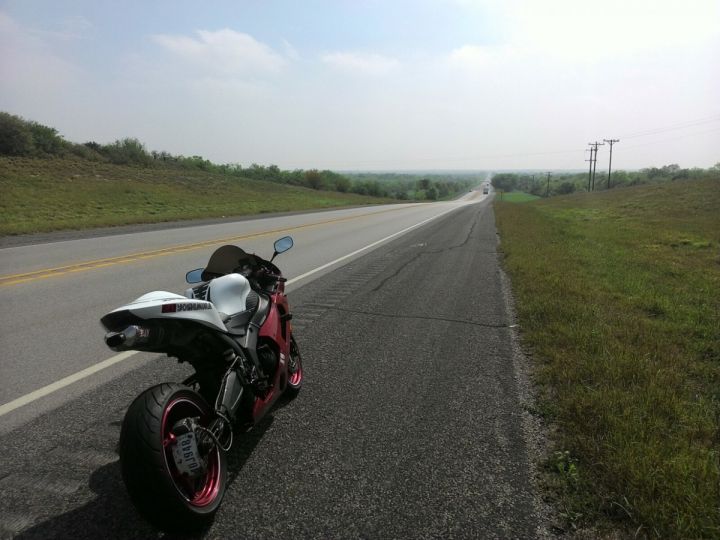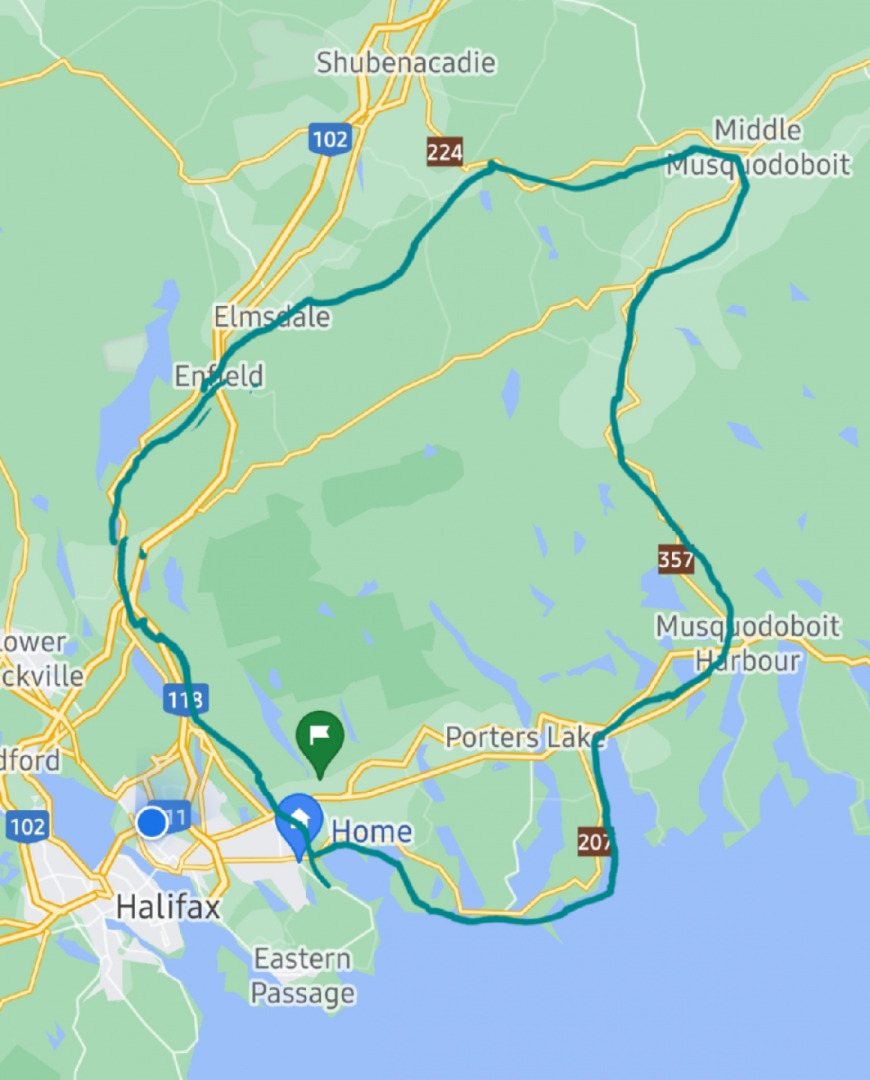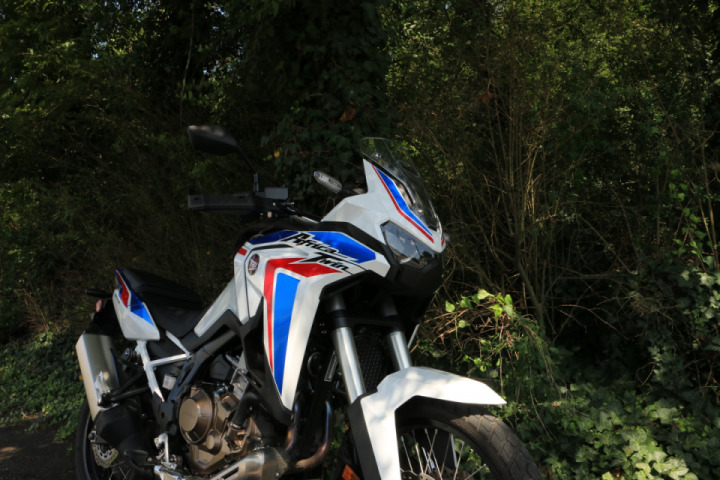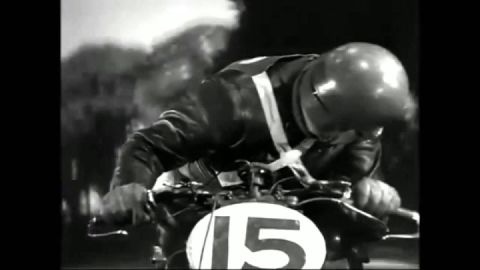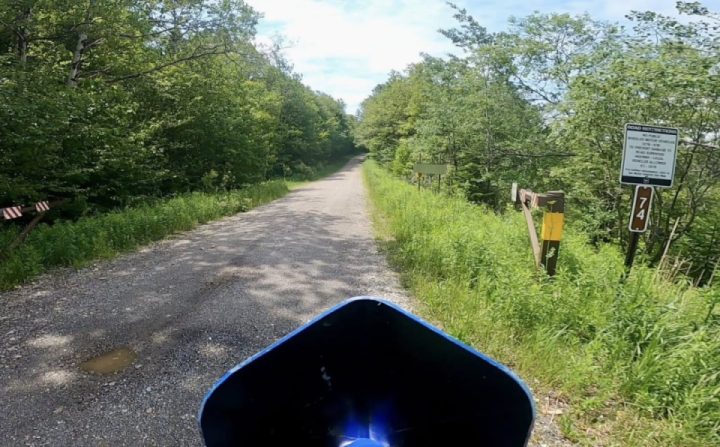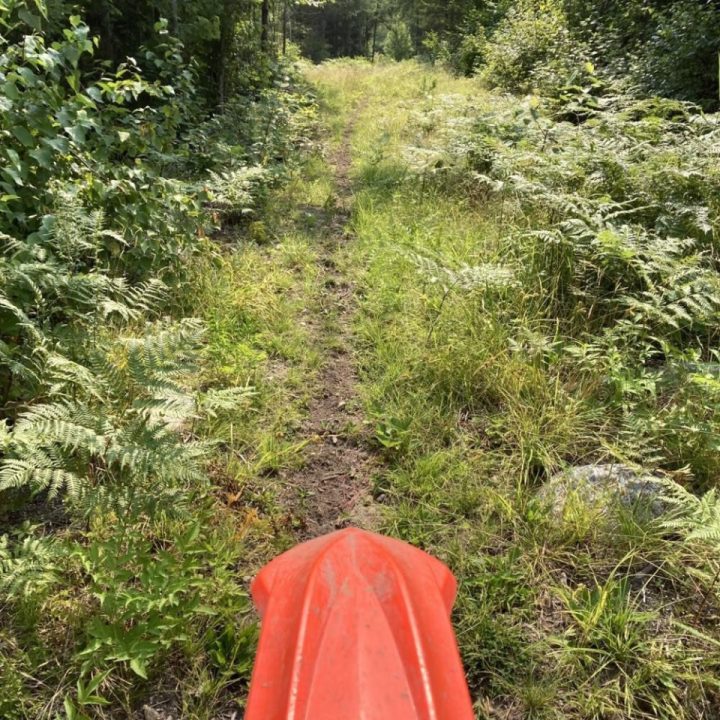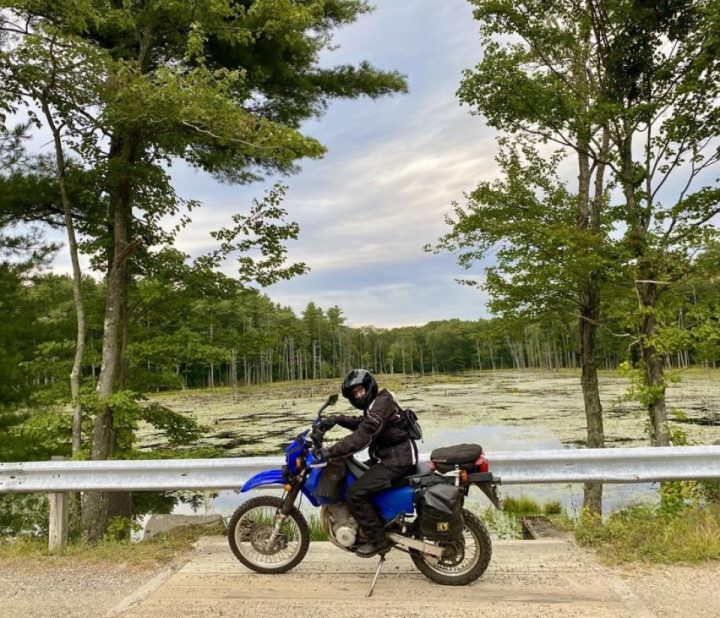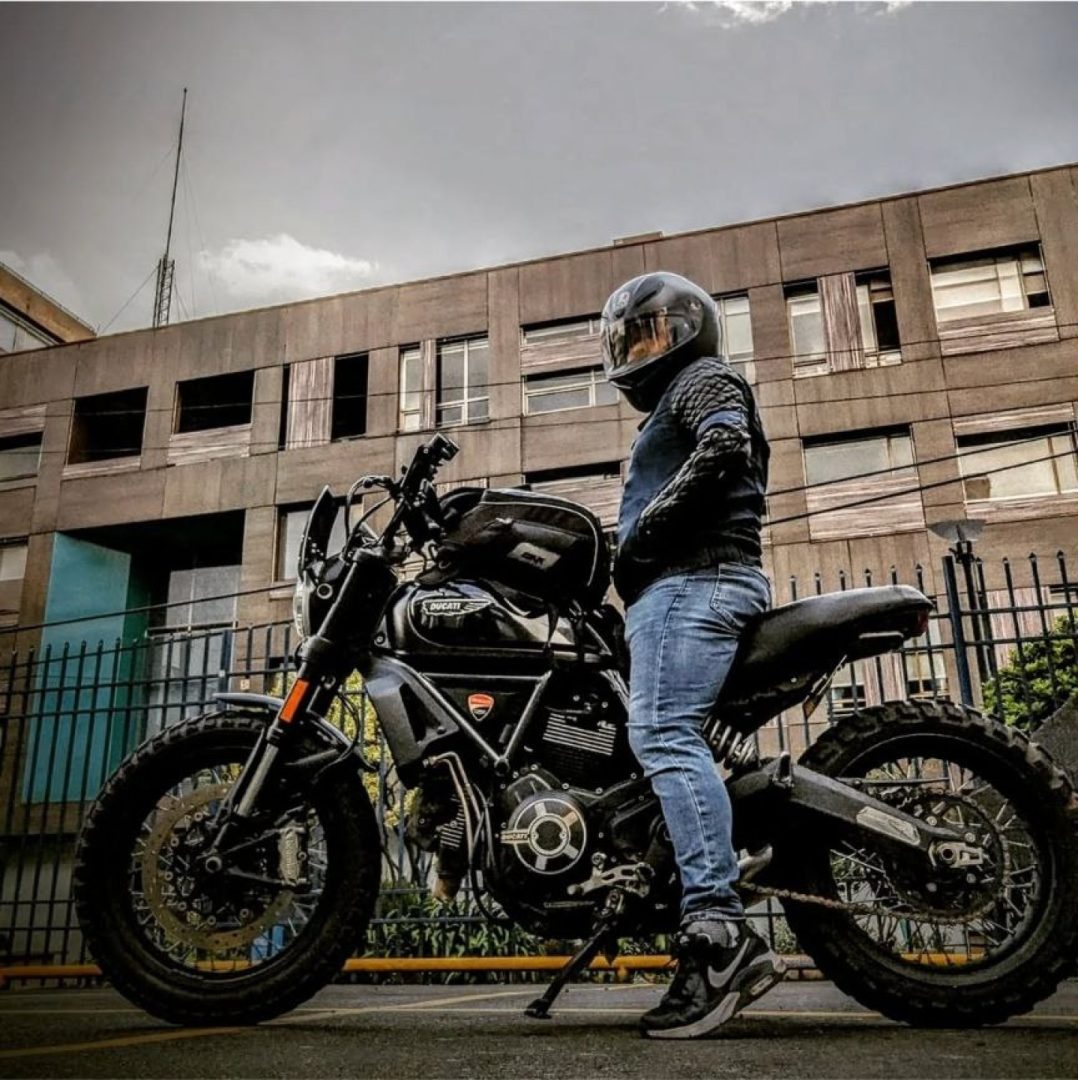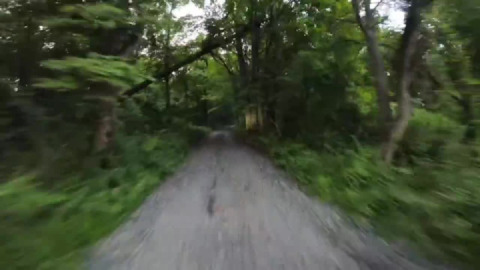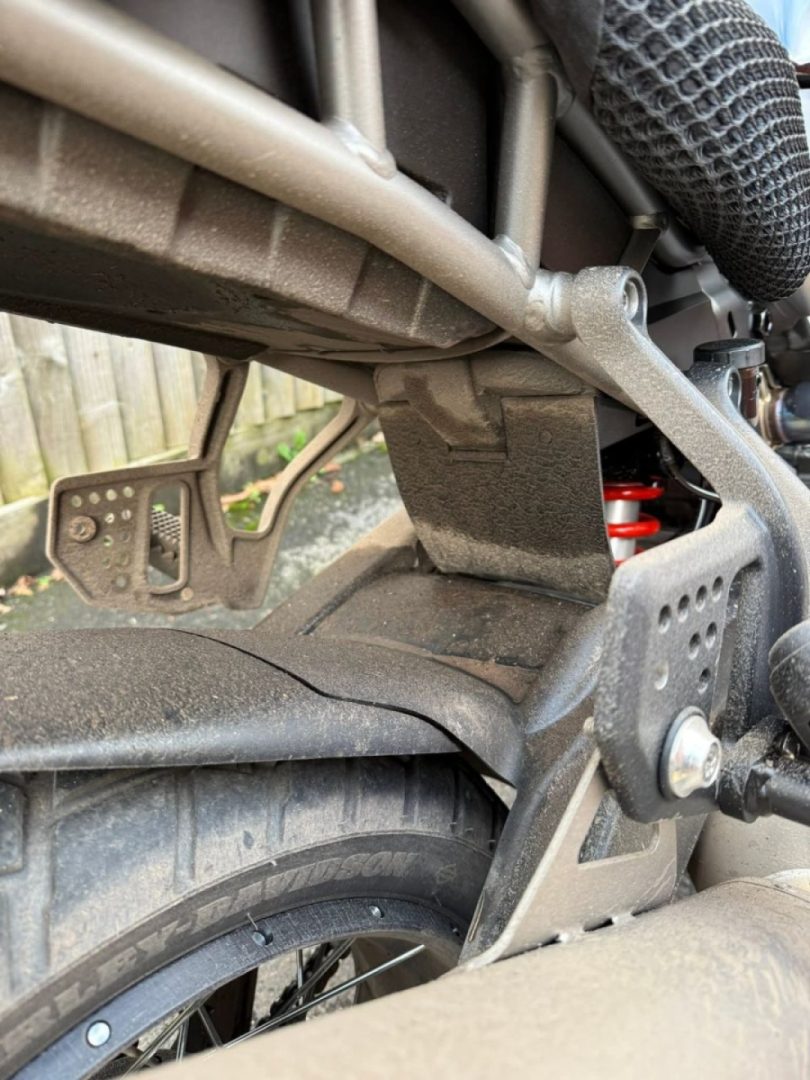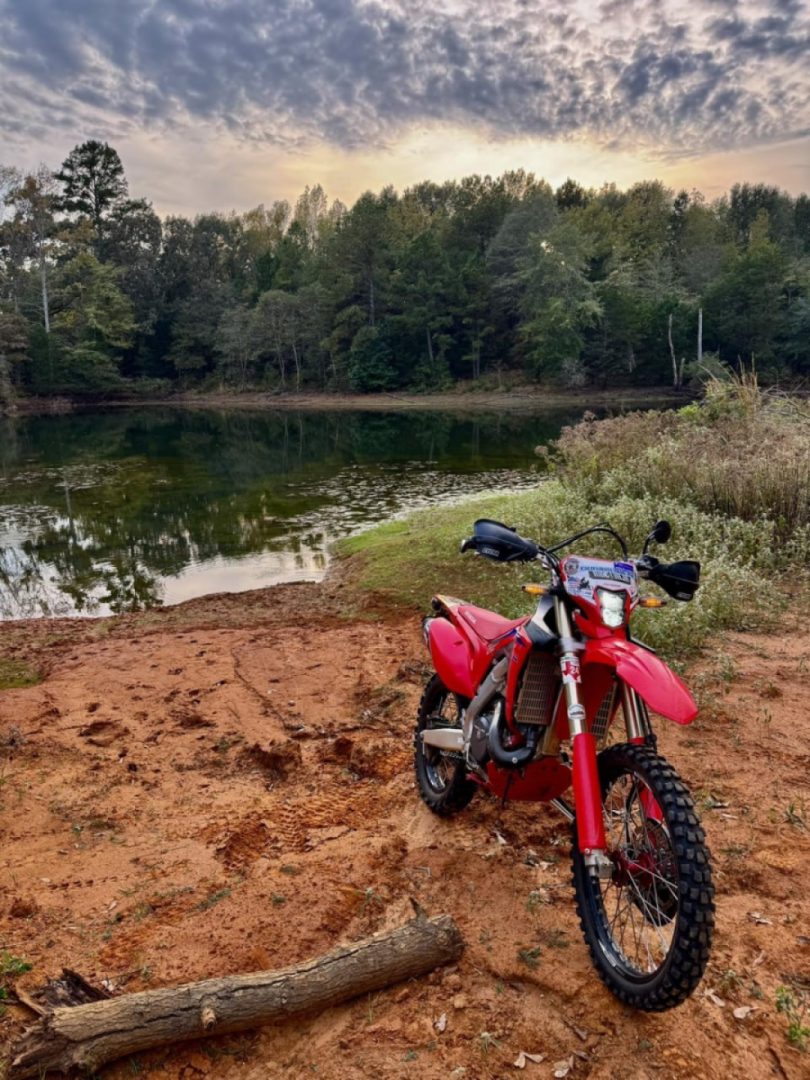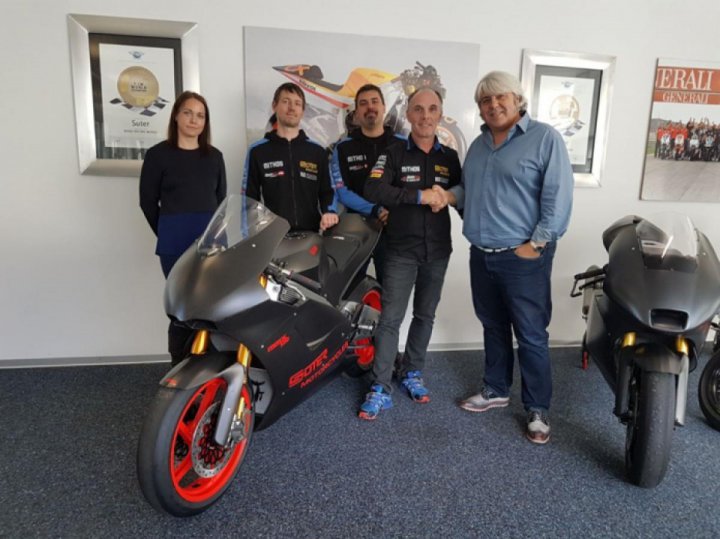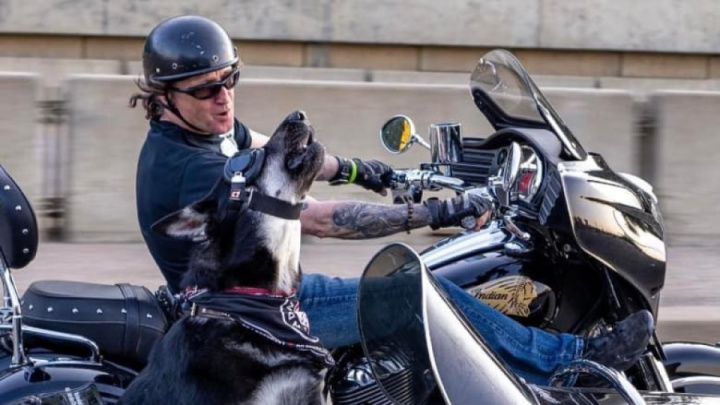Loud pipes save lives? Less sound equals more ground? Loud bikes have always been a divisive issue in the motorcycling community, which is why a news item out of California last week is sure to be controversial.
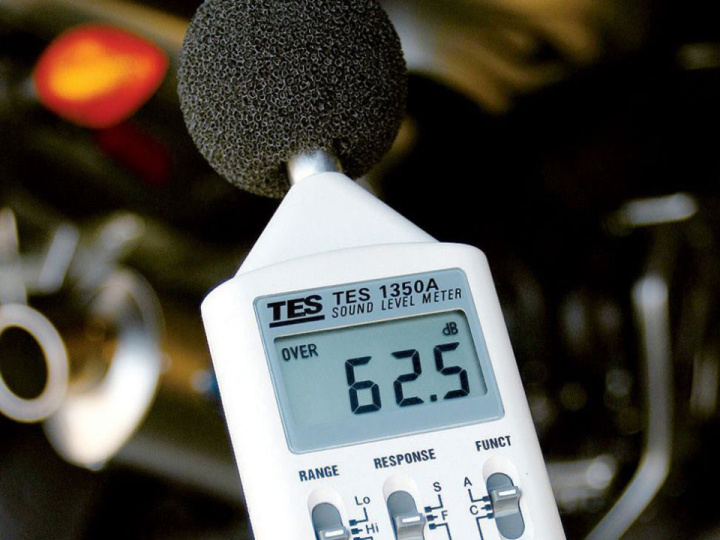
Vehicle noise laws are nothing new: The majority of state laws are detailed and specific, citing decibel levels; some even cite how they are to be measured. About 20 states use vague language like, “Every motor vehicle shall at all times be equipped with a muffler in good working order,” or “A motor vehicle, operated on any highway, shall be in good mechanical condition and shall be properly equipped.”
Yet in our observation many vehicle-noise laws seem to go unenforced, and when a citation is issued it’s usually a “fix-it” ticket. In 2019, California added a mandatory fine (Assembly Bill No. 1824), although few have noticed any detectable change. Now there’s a new weapon in the acoustic arsenal: Starting in January 2023 and running through December 2027, California will test automated-camera exhaust-noise enforcement in six selected cities across the state.
Senate Bill 1079 isn’t specifically aimed at motorcyclists, but we’ll note that cars presently have a 95-decibel limit in the state and motorcycles 80 decibels. First-time offenders will only be issued a warning, and signs must be posted to inform motorists that they’re entering an enforcement zone.
And California isn’t alone. Paris, Nice, Toulouse, and three other French cities have recently installed méduse “sound radar” devices to photograph and cite loud vehicles.
The Underlying Issues
Give the matter a little thought, and two separate points of discussion emerge: first, modifying a vehicle’s exhaust, and second, automated law enforcement. The latter isn’t new; California has used red-light cameras for decades, with varying success. In the more, errr, more colorful parts of town where this author grew up, the authorities had to encase them in bulletproof enclosures, upping the armor level when the locals switched from handguns to rifles. Next came a spray-paint can on the end of a stick, artfully applied to the camera’s lens. In many parts of Europe, automated speed enforcement via radar and cameras is the norm.
Then there’s sound, and despite what the decibel meter says, it’s not all equal. A sound level you may find enjoyable at the racetrack or a concert is unwelcome at three in the morning. A big component is the amount of control you have—or the lack of that control. One study shows that a single unmuffled scooter, ridden through Paris, can disturb the sleep of up to 10,000 people. Riding to a Superbike or MotoGP event at Laguna Seca? The famous 17-Mile Drive at Pebble Beach has long been closed to motorcycles (even though this writer had ridden several bikes there—and it was great!).
Naturally, when we’re all riding electric motorcycles, this will be irrelevant. And already a friend (CB, you know who you are!) has suggested having fun with the system by sitting under one of these cameras and blasting an air horn every time a Tesla or Prius drives by.
Credit: cycleworld
#Moto #Bike









